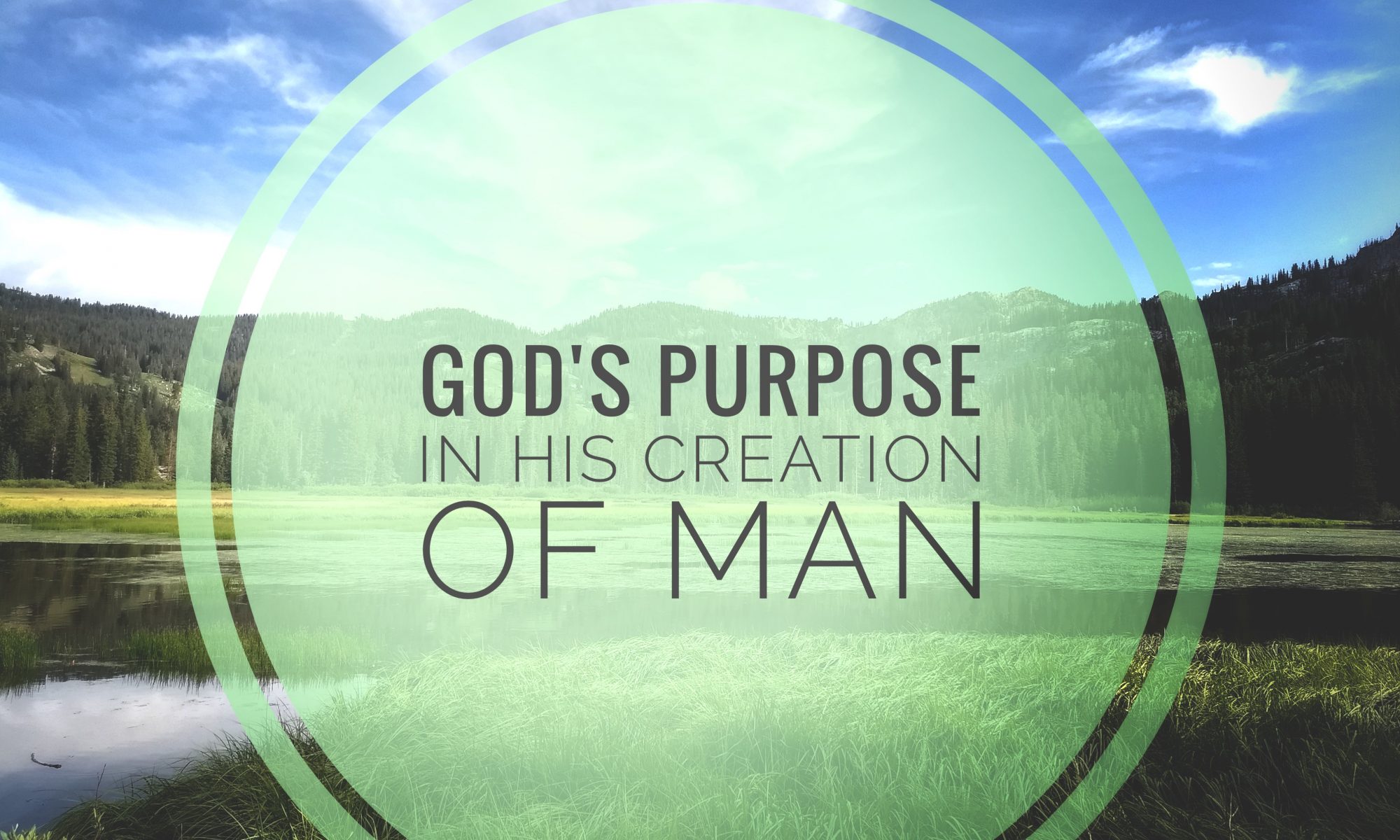LIFE MEETING THE NEED OF MAN’S EVERY CASE
The Need of the Hungry –
Life’s Feeding (1)
Verses:
John 6:5-15
5 Jesus then lifting up His eyes and seeing that a great crowd was coming toward Him, said to Philip, Where shall we buy bread that these may eat?
6 But this He said to test him, for He Himself knew what He was about to do.
7 Philip answered Him, Two hundred denarii worth of bread is not sufficient for them, that each one may take a little.
8 One of His disciples, Andrew, Simon Peter’s brother, said to Him,
9 There is a little boy here who has five barley loaves and two fish; but what are these for so many?
10 Jesus said, Have the people recline. Now there was much grass in the place. So the men reclined, in number about five thousand.
11 Jesus then took the loaves, and when He had given thanks, He distributed to those who were reclining; likewise also of the fish, as much as they wanted.
12 And when they were filled, He said to His disciples, Gather the broken pieces left over that nothing may be lost.
13 So they gathered them and filled twelve hand baskets with broken pieces from the five barley loaves which were left over among those who had eaten.
14 The people therefore, seeing the sign which He did, said, This is truly the Prophet who is to come into the world.
15 Then Jesus, knowing that they were about to come and take Him by force to make Him King, withdrew again to the mountain, Himself alone.
John 6:26-35
26 Jesus answered them and said, Truly, truly, I say to you, You seek Me not because you have seen signs, but because you ate of the bread and were filled.
27 Work not for the food which perishes, but for the food which abides unto eternal life, which the Son of Man will give you; for Him has the Father, even God, sealed.
28 Then they said to Him, What shall we do that we may work the works of God?
29 Jesus answered and said to them, This is the work of God, that you believe into Him whom He has sent.
30 They said then to Him, What sign then will You do that we may see and believe You? What work will You do?
31 Our fathers ate the manna in the wilderness, as it is written, “He gave them bread out of heaven to eat.”
32 Jesus therefore said to them, Truly, truly, I say to you, Moses has not given you the bread out of heaven, but My Father gives you the true bread out of heaven.
33 For the bread of God is He who comes down out of heaven and gives life to the world.
34 They said therefore to Him, Lord, give us this bread always.
35 Jesus said to them, I am the bread of life; he who comes to Me shall by no means hunger, and he who believes into Me shall by no means ever thirst.
Ministry Excerpts:
THE HUNGRY WORLD AND THE FEEDING CHRIST
The case in chapter six portrays a scene which reveals where we are in our condition. There is a contrast between the scene of chapter five with the one in chapter six. The scene in chapter five is in the holy city, but the scene in chapter six is in the wilderness. A pool is in the scene of the previous case, and a sea is in this case. The people in the former case are associated with the pool, and the people in the latter case are involved with the sea. The pool is related to religion’s healing, while the sea is related to the people’s living. The person in the fourth case was very weak, needing healing and enlivening, but the people in the fifth case are hungry, needing food and satisfaction. The pool is sacred, being of the Jewish religion; the sea is secular, being of the human society. The person by the pool was impotent, needed life’s enlivening, and was waiting for healing. The people in this case are hungry, need life’s feeding, and are seeking for nourishment.
In Genesis 2:9, Christ was typified by the tree of life. The tree of life, belonging to the vegetable life, is good for producing and generating, but has no blood for redeeming. At the time of Genesis 2, man was not yet involved with sin and thus had no need for redemption. However, in Genesis 3 man fell. Immediately after man’s fall, God came in to deal with that fall by slaying sacrificial lambs to redeem Adam and Eve and to make coats of skins to cover their nakedness (Gen. 3:21). Thus, the vegetable life itself is no longer adequate for fallen man; there is the need of the animal life. We need life not only for feeding, but also for redeeming. So, in chapter six of John we firstly have the barley loaf, which belongs to the vegetable life and is good for feeding. As we shall see, since man has fallen and needs redeeming as well as feeding, the Lord Jesus turned the bread into flesh (6:51b). The bread is made from barley, while the flesh contains blood. Barley bread is of the vegetable life, but the flesh with the blood is of the animal life. Eventually, in John 6 Christ is shown not only as the tree of life signified by the bread, but also as the Lamb of God signified by the flesh and blood. In the Lamb of God there are two elements: the blood for redeeming and the meat, the flesh, for feeding. At the Passover, the people struck the blood and ate the meat. It is the same with us today. We accept Christ in the way of redeeming as well as in the way of feeding. He is both the vegetable life and the animal life, the feeding life and the redeeming life.
Five Barley Loaves Signifying the Generating Aspect of Christ’s Life
The loaves are of the vegetable life, signifying the generating aspect of Christ’s life. As the generating life, Christ grows in the land, the God-created earth. In order to regenerate us, He grew on the God-created earth for reproducing.
Barley signifies Christ resurrected. According to the Scriptures, barley represents the firstfruit of resurrection. The Lord told His people in Leviticus 23 to offer the firstfruits of their harvest each year. In the land of Palestine, barley ripens earlier than any other crop and is the first of the harvest. Hence, it typifies the resurrected Christ (Lev. 23:10). Therefore, barley signifies the resurrected Christ, who is our life supply. As the firstfruit, He can become our bread of life. So, barley loaves represent Christ in resurrection as food to us. The feeding Christ is the resurrected Christ.
Two Fishes Signifying the Redeeming Aspect of Christ’s Life
The two fishes are of the animal life, signifying the redeeming aspect of Christ’s life. As the redeeming life, He lives in the sea, the Satan-corrupted world. The barley comes out of the land, representing the earth created by God, while the fishes come out of the sea, signifying the world corrupted by Satan. The Lord Jesus came not only to the earth created by God, but also to the world corrupted by Satan. If He had come only to the earth created by God, He would only have been represented by the barley loaves. But since He also came into the world corrupted by Satan, He is also represented by the two fishes. He had nothing to do with the corrupted world. Just as fish are not salty though they live in salt water, so the Lord was not corrupted by Satan though He lived in the Satan-corrupted world. The Lord is like the fish that can live in the salty environment of the sea without being salted by it. In order to redeem us, He lived in the satanic and sinful world. But yet He was sinless, unaffected by the sinful world. As the generating life, Christ lived as a proper man in the God-created earth. As the redeeming life, Christ lived in the Satan-corrupted world without being affected by its corruption.
We have seen that barley, which is of the vegetable life, represents the generating life and that the fish, which are of the animal life, represent the redeeming life. Now we must ask, if the human race had never fallen, would Christ as our regenerating life still have been necessary? Yes. Before the fall of Adam, God put him in front of the tree of life. The tree of life has nothing to do with sin. Therefore, man must take God as his life by eating the tree of life. Even John 12:24 states that the Lord was the one grain of wheat that fell into the ground and died, after which He was raised up to become many grains. This too had nothing to do with sin, for, according to the Scriptures, the vegetable life is to produce or to generate much fruit. The one grain of wheat bears many other grains. Hence, it represents the generating life.
As we have seen, before man fell, he ate only of the vegetable life (Gen. 1:29), but after he fell, he also ate of the animal life (Gen. 9:3). Before the fall there was no need for the shedding of blood. But after man fell he needed the animal life because redemption requires the shedding of blood. The vegetable life was sufficient before man sinned, but after he sinned the animal life became necessary.
We need the Lord Jesus to be both our generating life and our redeeming life. By His death on the cross two things came out of Him—the blood to redeem us and the water to generate us (John 19:34). His shed blood brought redemption to us, and the water from His wounded side imparted His life to us. The five barley loaves were accompanied by the two fishes. It is impossible for barley to shed blood; therefore, it could never redeem us. The two fishes represent the animal life for redemption. The Lord is represented by both the barley loaves and the fishes, for He is our vegetable life to generate us and our animal life to redeem us.
It is interesting to note that the five barley loaves and two fishes came from a small boy, not a big man. This is very meaningful, because the Lord wants to indicate to us that He is our life, not as someone big, but as someone small. Both barley loaves and fishes are small items, signifying the smallness of Christ as the life supply to us. The miracle-seeking people considered Him as the promised prophet (6:14; Deut. 18:15, 18) and would have forced Him to be their king (6:15), but He would not assume the position of a giant in religion. Rather, He preferred to be small loaves and little fishes that He might be small enough for people to eat. All of this reveals the smallness of Christ. He is small enough for us to eat. Whatever we eat must be considerably smaller than we are. We are much bigger than the bread and fish that we eat. We cannot eat something that is larger than we are. If it were larger than we are, it could eat us. Everything we eat is even smaller than our mouth. If it is larger than our mouth, it must first be cut into pieces. A small boy brought five small loaves and two small fishes. This means that the smallness of the Lord Jesus is most precious to us.
This chapter not only brings out the smallness of the Lord, but also the richness of the Lord. Just five loaves are rich enough to feed five thousand people. The twelve baskets left over signify the overflow of the riches of Christ’s life supply, which fed people over one thousand times. That five loaves fed five thousand people means that it fed them one thousand times. According to the Scriptures, the number one thousand signifies a complete unit. For example, one day in the court of the Lord is better than a thousand (Psa. 84:10). One thousand is a full unit. Hence, five loaves can fill five thousand people. This reveals how rich and how unlimited the Lord is. The multitude could eat as much as they wanted, for the supply was unlimited. Even two little fishes were sufficient for all.
Seekers After the Perishing Food
In verses 22 through 31 we find the seekers after the perishing food. They were seeking satisfaction. Regardless of the kind of food people are seeking, they all are seeking satisfaction. These people were trying to do something and to work for God. They were also seeking for signs and miracles. The concept of fallen man toward God is always that he must do something for God and work for God. This is the principle of the tree of the knowledge of good and evil in Genesis 2. The Lord’s concept concerning man toward God is that he believe in Him, that is, receive Him as the life and life supply. This is the principle of the tree of life in Genesis 2. The answer to the seeking after the perishing food is to receive the Lord by believing in Him (6:29). (Life-study of John, msg. 15)
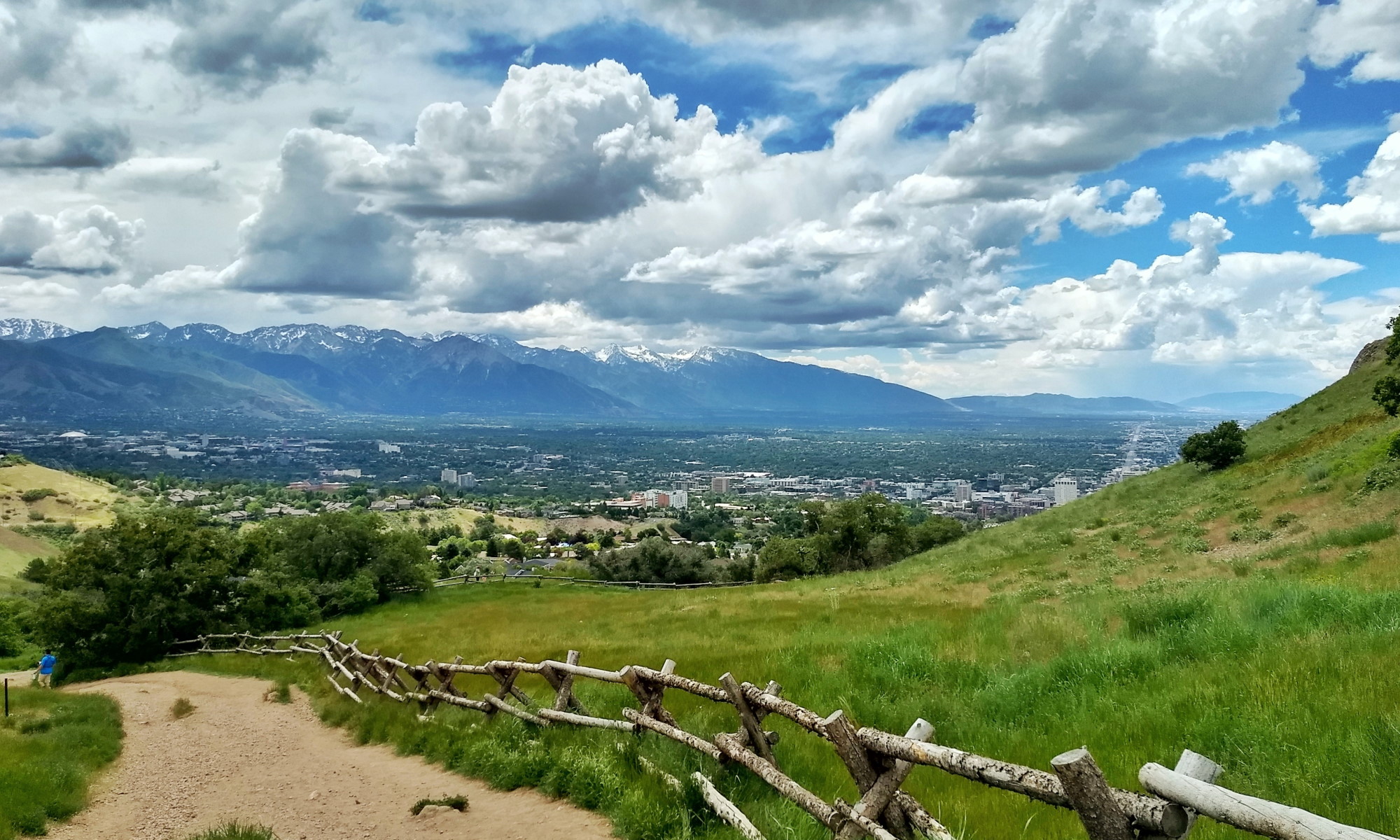
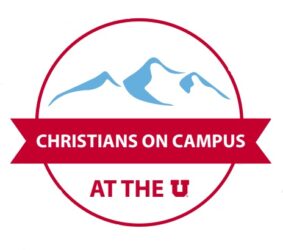
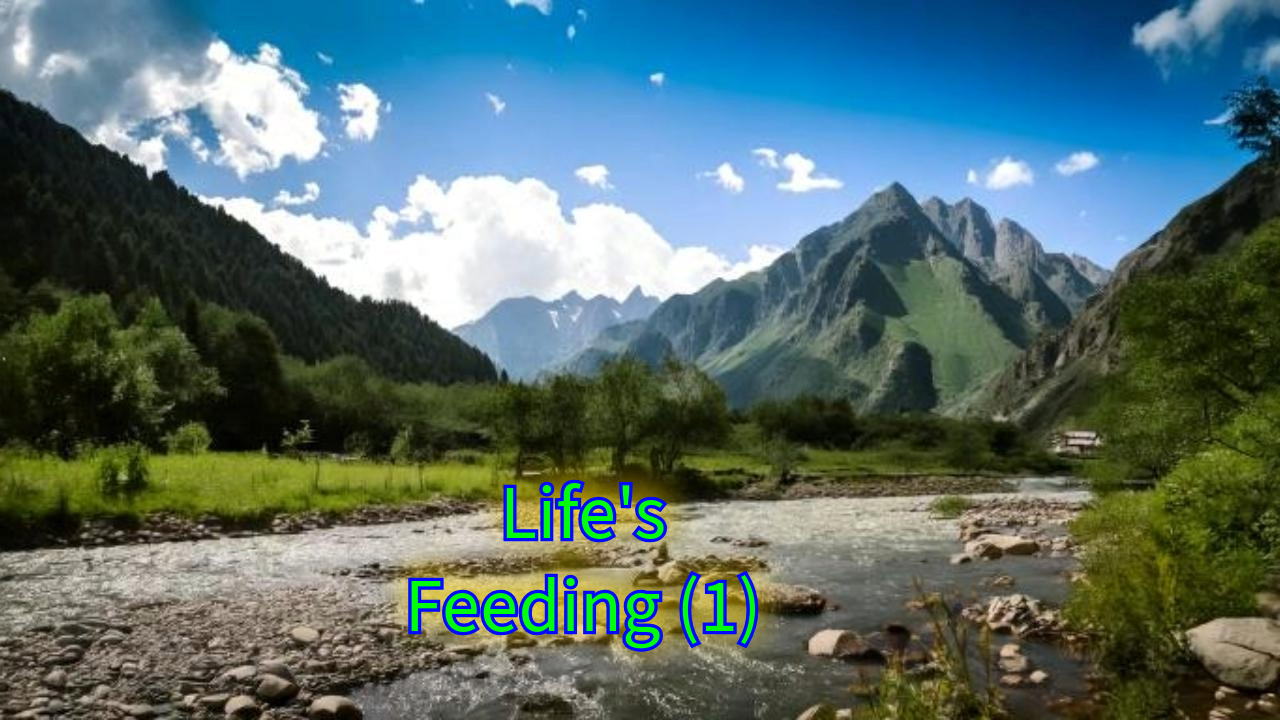
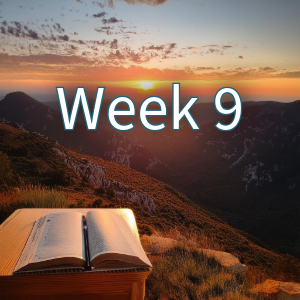


 Jesus said to them, I am the bread of life; he who comes to Me shall by no means hunger, and he who believes into Me shall by no means ever thirst. (John 6:35)
Jesus said to them, I am the bread of life; he who comes to Me shall by no means hunger, and he who believes into Me shall by no means ever thirst. (John 6:35)